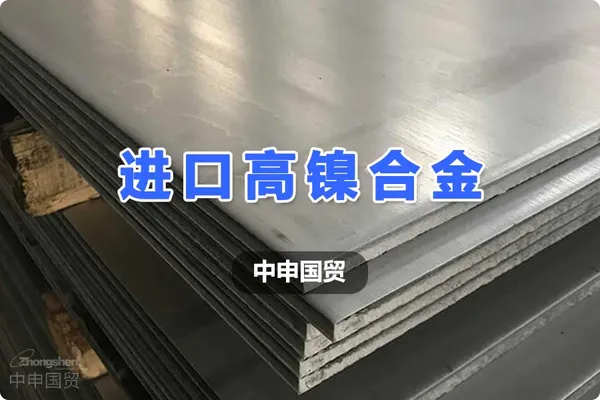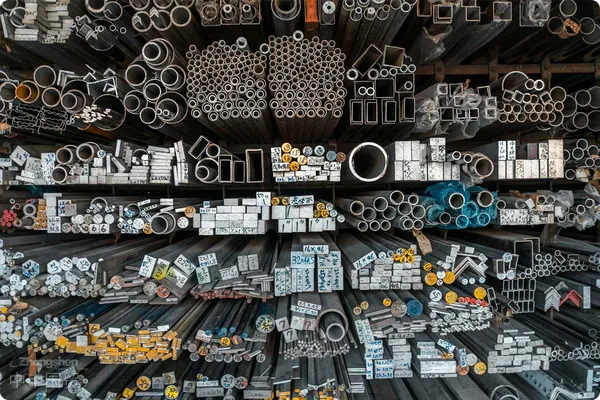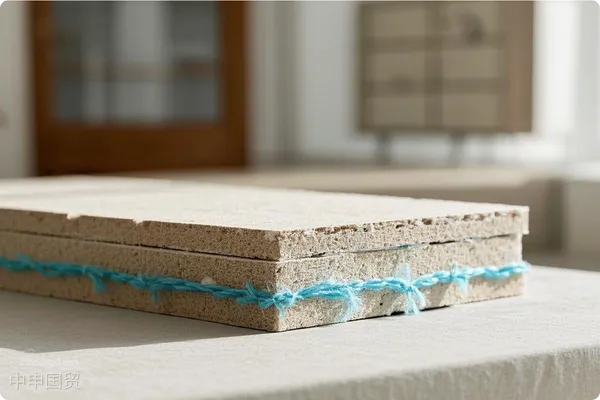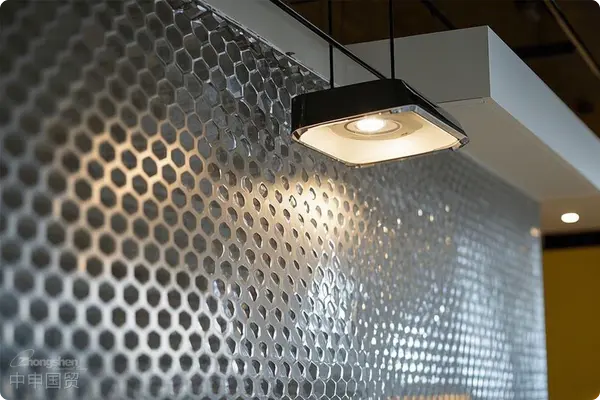- Shanghai Zhongshen International Trade Co., Ltd. - Two decades of trade agency expertise.
- Service Hotline: 139 1787 2118
High-nickel alloys are widely used in industrial production, especially in high-tech sectors like aerospace, petrochemicals, and energy. As critical raw materials, theirImport Clearanceimport process is complex, involving multiple documents and steps. To ensure smooth clearance, companies must understand and comply with regulations. This article details a real case to illustrate the import process and required documentation.
Case Background
Client Requirements: A Shanghai tech company commissionedZhongShen International Tradean agent to import high-nickel alloy materials for R&D and production, demanding efficient customs clearance and safe delivery to a designated warehouse.
Cargo Information:
- Transportation method: Waterway Transport
- Storage Location: Waigaoqiao
- Customs Declaration Mode: General Trade (0110)
- Duty Collection TypeGeneral Taxation (101)
- Port of LoadingTokyo (Japan)
- Port of EntryShanghai Port
- Type of PackingNatural wood pallet, 1 piece
- Gross Weight/Net Weight337 kg/283 kg
- Transaction MethodCIF (Cost, Insurance and Freight)
- Accompanying Documents:It is recommended to verify through the following methods:Technical data
- Commodity Code7506200000
- Product NameHigh-nickel alloy material
- Quantity and Unit283 kg
- Unit Price/Total Price/CurrencyUSD 313/283 kg

Alloy Material Import Process and Required Documents
Required Documents for Import
The following documents are required for importing high-nickel alloy materials:
- Trade contract, commercial invoice, packing list
- It is recommended to verify through the following methods:
- B/L
- Other documents required by customs
Import Tariff
- Most - Favored - Nation (MFN) Tariff Rate6%
- Value - added tax rate13%
Note: Due to the wide variety of alloy materials, different HS codes correspond to different import tax rates. Commodity code classification must be conducted before importation to determine the accurate tax rate.
Import Process
Pre-shipment Preparation:
- Verify required documents for goods: Ensure all documents are complete and accurate.
- Check product document information: Confirm document information matches actual goods.
- Organize declaration elements: Prepare all necessary documents for declaration.
After Goods Arrival at Port:
- Obtain delivery orderObtain delivery order from shipping company.
- Customs Declaration and InspectionDeclare to customs and inspection/quarantine authorities.
- Tax review and payment: Customs reviews the taxes and issues a tax bill. The company pays the customs duties and VAT.
- Port inspection (random): Customs conducts random inspections of the goods to verify compliance with the declared contents.
- Release: After Customs clearance, the goods can be picked up from the port.
- Delivery to customers designated warehouse: Arrange logistics to transport the goods to the customers specified location.
- Destination inspection (random): Random inspections are conducted at the destination to ensure the goods comply with relevant regulations.
Step-by-Step Operations
Verify documents and materials
First, confirm all import documents with the customer, including the trade contract, invoice, packing list, certificate of origin, and bill of lading. Ensure all document information is accurate to avoid errors during declaration.
Pre-declaration preparation
Prepare all required declaration materials to ensure the declaration information is complete and accurate. This includes product name, specifications, quantity, weight, price, origin, etc.
Port arrival handling
After the goods arrive at Shanghai Port, first obtain the delivery order from the shipping company. Then, submit the customs declaration and inspection documents to Customs and the inspection and quarantine authorities.
Tax payment
Customs reviews the taxes and issues a tax bill. The company pays the customs duties and VAT based on the tax bill. The most-favored-nation duty rate for high-nickel alloy materials is 6%, and the VAT rate is 13%.
Goods inspection
Customs may conduct random inspections to verify if the actual goods match the declared contents. If no issues are found, Customs will release the goods.
Goods release and transportation
After Customs clearance, arrange for a logistics company to pick up and transport the goods to the customers designated warehouse. During transportation, ensure the goods are safe and undamaged.
Destination inspection
After the goods arrive at the destination, random inspections may be conducted to ensure compliance with relevant regulations. If no issues are found, the goods can be delivered to the customer for use.
IV. Precautions
Complete and accurate documents
Ensure all documents are complete and accurate to avoid declaration errors, which could lead to customs clearance delays or other issues.
Advance preparation
Prepare all declaration materials and documents in advance to ensure quick customs clearance procedures after the goods arrive at the port, reducing clearance time.
Accurate tax calculation
Calculate customs duties and VAT accurately based on the HS code to ensure correct tax payment and avoid subsequent supplementary payments or penalties.
Cooperate with Customs inspections
During the cargo inspection process, actively cooperate with customs and inspection and quarantine authorities to ensure smooth inspection.
Reasonable logistics arrangements
Arrange professional logistics companies for transportation to ensure the safety of goods during transit and timely delivery to the customers designated location.
Conclusion
Although the customs clearance process for high-nickel alloy materials is complex, as long as the relevant documents are prepared in advance and operations are strictly conducted according to regulations, customs clearance can be completed smoothly and the goods can be delivered safely. Through this article, readers are believed to have gained a comprehensive understanding of the process and precautions for high-nickel alloy materials at Shanghai Port.Import RepresentationIf you have related products that require import agency services, feel free to consult our customer service at ZhongShen International Trade online. We are committed to providing you with professional and efficient services.
Related Recommendations
? 2025. All Rights Reserved. 滬ICP備2023007705號-2  PSB Record: Shanghai No.31011502009912
PSB Record: Shanghai No.31011502009912










